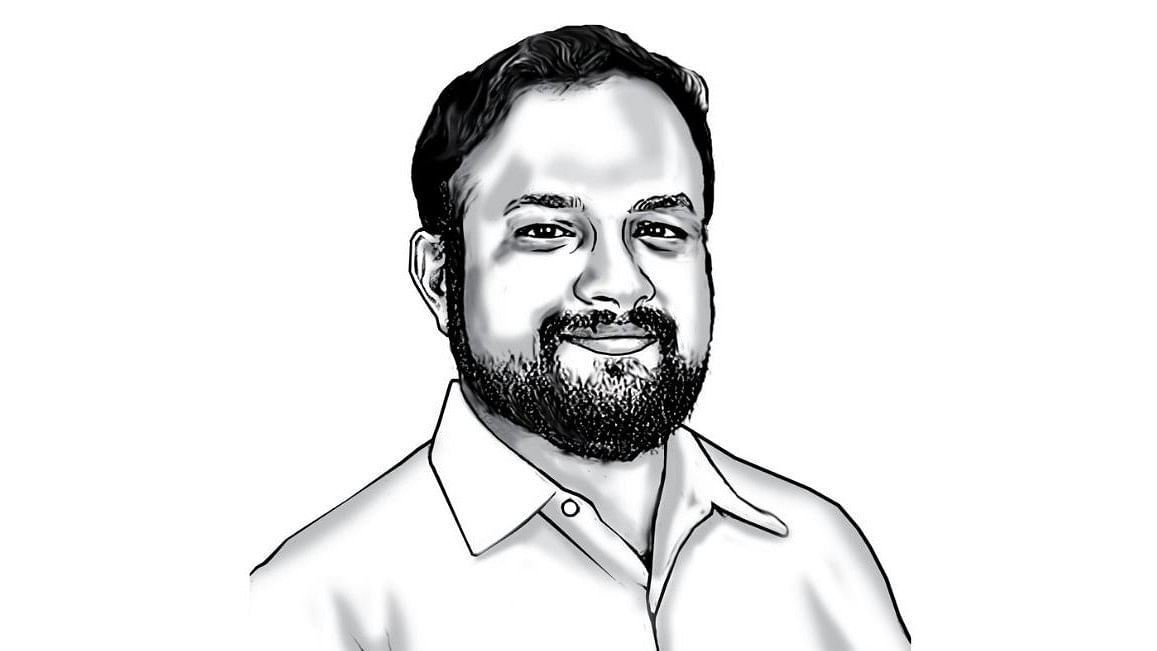
Alok Prasanna Kumar is the co-founder, Vidhi Centre for Legal Policy, uses his legal training to make the case that Harry Potter is science fiction and Star Wars is fantasy
Credit: DH Illustration
Non-lawyers who read this column often ask me, “Where do you get all this information about the Constituent Assembly (CA) debates and the history of the Constitution?” Sometimes, I’m tempted to say, “From a secret vault accessible only to very special people who know a carefully guarded password!”
However, the reality is more prosaic -- I use freely available public databases on the internet. Specifically, the Indiankanoon database (available at https://indiankanoon.org/) and the Centre for Law and Policy Research (CLPR)’s database (available at https://www.constitutionofindia.net/).
These databases are a godsend for researchers looking into the Constitution of India. Indiankanoon has the full text of the Constitution, judgements of High Courts and the Supreme Court, full texts of laws, and the CA debates. CLPR’s database also has the debates, apart from material on the framing of India’s Constitution and brief biographies of members of the CA. For the interested, these websites provide loads of information about the making and working of India’s Constitution.
We are extraordinarily lucky to be alive in a time when such valuable information is available free and unfiltered. As scholar Vikram Raghavan pointed out in an article about the CA debates in 2016, Ramchandra Guha, when he was a researcher, couldn’t get hold of a copy of the debates until he went to Stanford University. Well into the first decade of the 2000s, when I was finishing law school, law students in a university would have to make do with one set of four volumes (with no search tool!).
Thanks to the efforts of the Lok Sabha secretariat which digitised them first in 2000, and others such as Indiankanoon and CLPR, who have been finding ways to make them more accessible to the public, it’s all available today.
But apart from researchers and lawyers, why should the aam aadmi bother to read the CA debates?
The primary reason, I would argue, is that this is the most accessible part of the Constitution. Although the debates are much longer than the Constitution itself, they are actually much easier to read to understand why the Constitution says what it says. These were not lawyers’ alone speaking -- they were politicians and very eminent thinkers from all walks of life who wanted to convey their ideas to their peers and the public at large. From the first time I read the debates, to the present day, I am always struck by how simply they convey very complex ideas about the future of the country.
A second reason is to learn how to make an argument on policy and government. It is an unfortunate fact that parliamentary and assembly debates in India have seriously deteriorated in quality over the decades, and social media has made us all performing monkeys for the algorithms. We have few good examples on how to make an argument about government, politics, and society. The CA debates are one of these. Further, many issues debated in the CA are still live issues (e.g., scope of federalism, rights v duties, liberty v equality), and the Constituent Assembly never intended to settle them once and for all. Reading the debates teaches us how to have more nuanced and informed debates today, instead of slander and shouting matches.
But while reading the debates, one should keep in mind a couple of caveats that Raghavan made in his article: one, a lot of issues were decided outside the Assembly, and not in the debates alone; two, debates aren’t gospel truths about our Constitution. The makers of the Constitution changed their minds about many things and worried endlessly about the consequences of the choices they made for the Constitution. The debates tell us why they gave us the Constitution they did, in the circumstances they found themselves in.
With these caveats, I’d urge you, the reader, to head to either website I’ve mentioned and read the debates. Immerse yourself in the long, erudite speeches of Nehru, Ambedkar and Durgabai Deshmukh, appreciate the powerful dissents of Prof K T Shah and Naziruddin Ahmad, and do enjoy the occasional trolling, mostly by H V Kamath. Whatever else you may get out of it, I can promise you that you’ll come away with a sense of awe and pride about the wonder that is the Constitution of India.